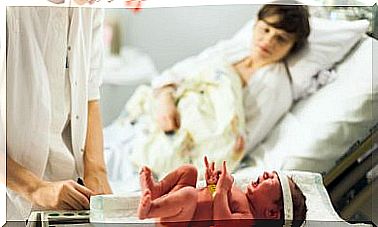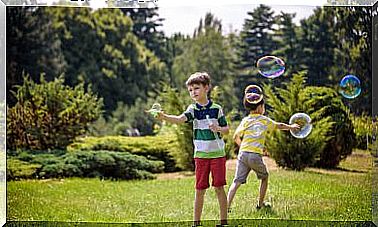Meningitis In Children: Symptoms, Causes And Treatment
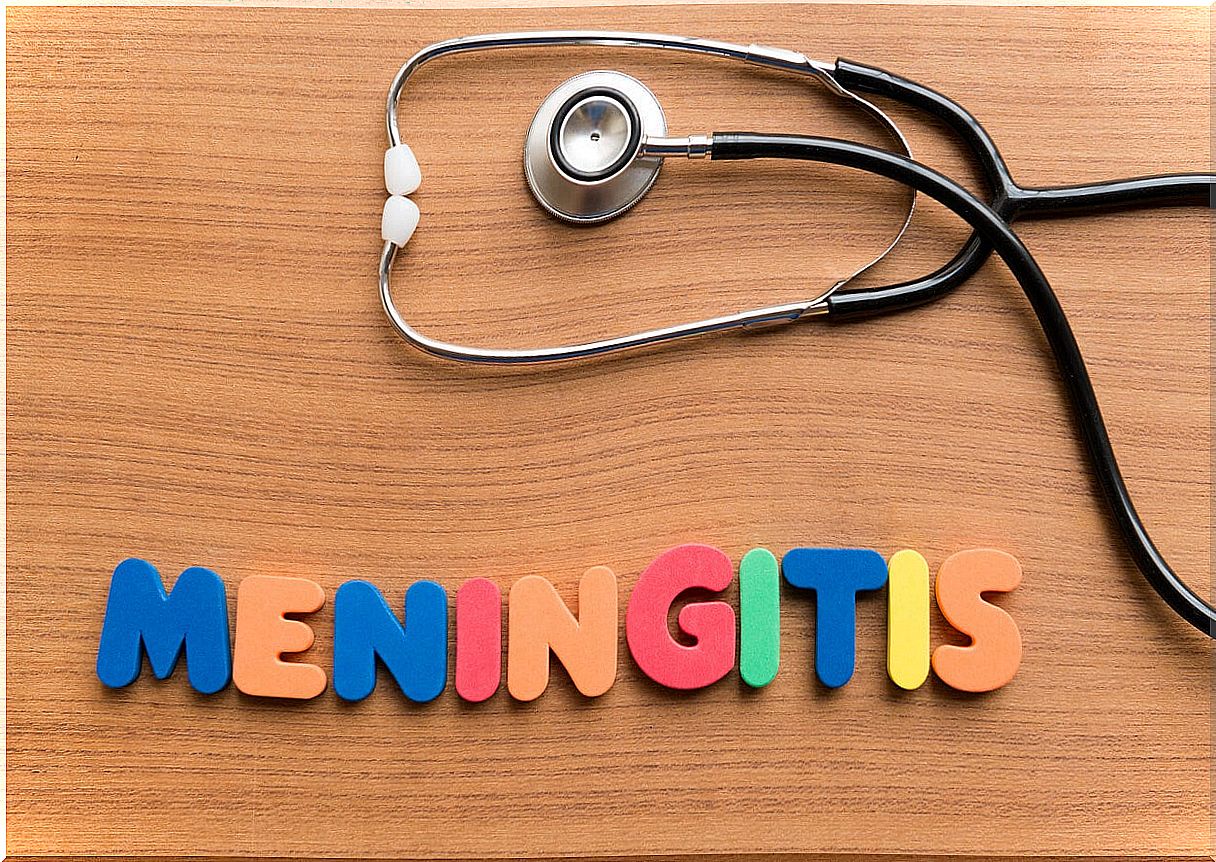
The brain is an essential organ for human life. Together with other organs, it forms the central nervous system (CNS) and fulfills an “executive” role in the body. This device is lined with membranes ( meninges ) and a liquid layer ( cerebrospinal fluid ) that protect it from external injuries such as trauma or infection. When the meninges become inflamed, the resulting condition is called meningitis .
How does meningitis occur?
Inflammation of the meninges has several causes, but most of the time it comes from infections. After the entry of germs into the body (mainly through the upper respiratory tract), mechanisms are triggered to bypass the defense system.
Some germs advance and make their way into the bloodstream and later penetrate the barriers that protect the CNS. Once there, they lodge in the cerebrospinal fluid and begin to replicate, causing the characteristic symptoms of the disease.
What germs cause it?
Most of the time, meningitis is viral in origin. These pictures can appear in isolation or by outbreaks (that is, several cases occur at a time and in a certain place).
Depending on the virus and where in the world we are, it will be the time of year they occur. The most frequent viruses are those that cause diarrhea ( Enterovirus ), although others such as herpes , measles , mumps (mumps) or influenza have also been isolated . And this is evidenced by this information from the Spanish Association of Pediatrics (AEP).
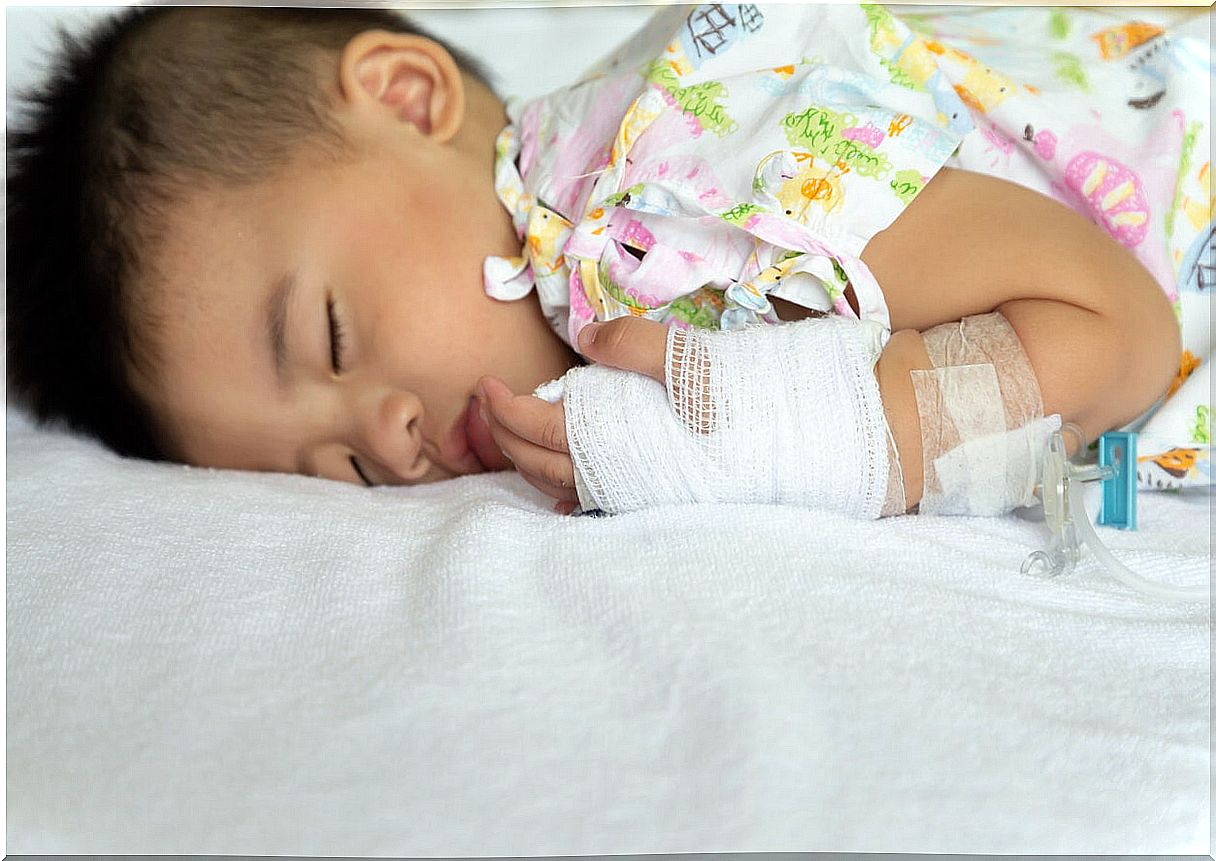
Meningitis also occur due to bacterial infections, these being generally more severe and abrupt than the previous ones. The bacteria that produce them vary according to age and their frequency is also determined by the vaccination rates of the population. In Spain, according to the Ministries of Health, Consumption and Social Welfare, the most frequent are the following:
- Newborns : Streptococcus Agalactiae, Escherechia Coli, and Listeria monocytogenes .
- Infants and young children : Streptococcus pneumoniae (Pneumococcus), Neisseria Meningitidis (meningococcus), and Haemophilus Influenzae type b .
- Adolescents and young adults : meningococcus and pneumococcus.
- Adults : pneumococcus, meningococcus and H. influenzae type b.
Who is most at risk of getting sick?
The risk of contracting the disease is directly related to the degree of maturity of the body’s defense system , called the immune system .
Young children do not have the necessary defenses to fight the germs that cause meningitis, therefore, 80% of the time the condition occurs in children under 10 years of age, according to this study published in Pediatric Infectology .
In addition to children, those with immune deficiencies, such as cancer or infection with HIV (human immunodeficiency virus), will also have a higher risk of becoming ill.
How is it spread?
The germs that cause meningitis are spread from person to person. Usually, whoever carries it, either with or without symptoms of disease, releases it through nasal secretions or drops of saliva.
The germ enters the new host through the mouth or nose and will colonize the respective mucous membranes. Depending on the immune status of the host, it will remain in that site, causing a localized condition (such as an upper airway catarrh ) or it will enter the blood producing a disseminated infection. According to the same information from the AEP that we have already mentioned above, only in a low percentage of cases will this infection evolve into meningitis.
It is important to note that a high percentage of adolescents and adults will carry these germs without knowing it (asymptomatic carriers), being able to transmit them to the most vulnerable, such as young children.
Signs and symptoms of meningitis in children
Symptoms vary according to the age of the patient and the cause. This will also apply to the course of the disease (rapid or slow progression), as well as the severity (mild, moderate or severe).
According to age, and taking into account the information from the study published in Pediatric Infectology , the cardinal symptoms are the following:
- Newborns present unspecific but very striking manifestations. It is common to observe changes in temperature (fever or hypothermia), refusal to eat, alterations in the state of consciousness (extremely irritable or sleepy), repeated vomiting or permanent agitation. In some cases, also seizures.
- In infants (under 1 year) : fever, refusal to eat, vomiting, irritability, seizures or a marked tendency to sleep. It is common for the fontanel to bulge and feel tighter than usual.
- In children older than one year, the classic form of presentation is observed: high fever, headache, vomiting, neck stiffness and other signs of irritation of the meninges (such as eye discomfort with light or photophobia ). In some cases, seizures or signs of neurological compromise may also appear, such as muscle paralysis or double vision ( diplopia )
How is meningitis diagnosed?
When the disease is suspected from signs and symptoms, it will be important to perform a lumbar puncture in order to obtain a sample of cerebrospinal fluid for study. According to the data obtained, we can differentiate whether it is a viral or bacterial cause and, in the latter case, isolate the causative germ through a culture.
In addition to the lumbar puncture, it is advisable to perform a blood test for different determinations, including a blood culture to detect the presence of germs. In the cases in which it is necessary, an imaging study may be performed, such as a computed tomography scan.
What is the treatment of meningitis in children?
The treatment option will depend on the initial clinical picture, the age of the patient, and the sensitivity of the bacteria to the antibiotics commonly used in that setting.
In case bacterial meningitis is suspected, antibiotic treatment should be started as soon as possible. The idea would be after taking the culture samples, but this will not always be possible.
The choice of antibiotic will depend on many factors, but it will be established in the standards of care of each institution. Once the causative germ has been obtained in the culture, the drug can be adapted to the sensitivity of that microorganism.
There is no clear evidence about the use of corticosteroids, so this option will be subject to the particular conditions of the patient.
Can it leave sequelae in children?
In the most severe cases, bacterial meningitis could cause long-term sequelae. Even so, it is known that with proper treatment, the mortality rate is reduced to less than 10% in children older than one month.
Although they do not always occur, the following complications have been described in patients with bacterial meningitis:
- Visual disturbances
- Deafness.
- Recurrent seizures.
- Behavioral disorders.
- Difficulties in language development.
- Learning problems
In contrast, viral meningitis usually have a good prognosis and the sequelae are exceptional.
How can I prevent meningitis in children?
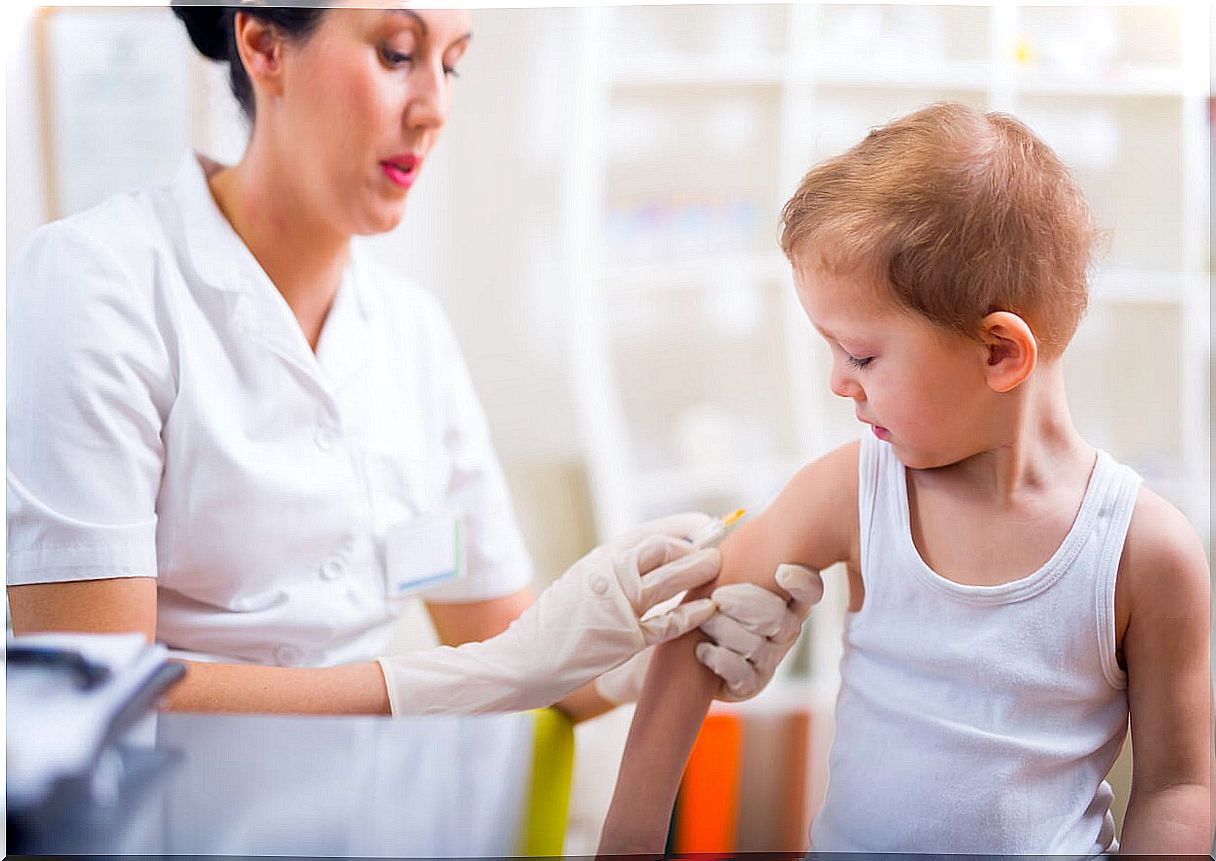
The causative germs of meningitis are frequent in our usual environment. In fact, many times whoever carries them is unaware of this condition, since adults do not always show symptoms.
It is important to maintain good hygiene practices, such as frequent hand washing, distancing people with respiratory symptoms, proper ventilation of the rooms and avoiding crowded conditions.
In case of having had contact with documented meningococcal disease or H. Influenzae type b , it is necessary to initiate a post-exposure preventive antibiotic treatment. In this way, serious illness from these germs can be avoided.
Currently there are vaccines available to prevent infections by the different microorganisms that cause meningitis and many of them are included in the mandatory vaccination schedule, which appears in the document of the Ministry of Health, Consumption and Social Welfare that we have already mentioned with anteriority.
When it comes to meningitis in children …
Meningitis is a potentially serious disease and in many cases preventable. It mainly affects young children and can be associated with serious long-term complications. Fortunately, we have several prevention strategies, such as vaccination, that will not only offer individual protection, but will also have a community protection effect.





